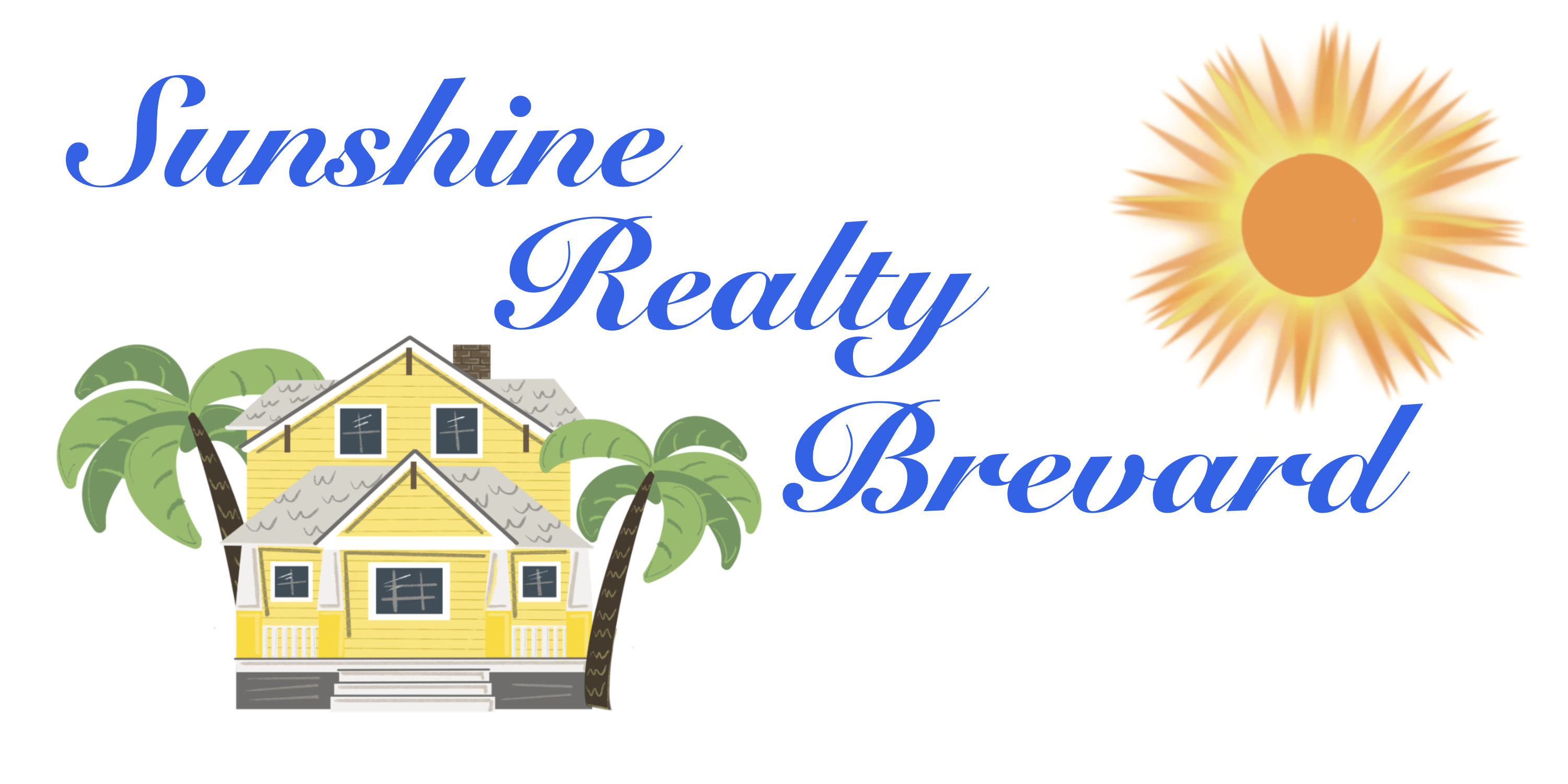Investing in Melbourne Property: What You Need to Know
Melbourne has long been one of Australia’s hottest property markets, attracting investors with its robust economy, diverse population, and unique cultural offerings. Whether you’re a seasoned property investor or just starting, understanding the local market dynamics is essential. Here’s a guide to key considerations and tips for successful property investment in Melbourne.
Why Invest in Melbourne Property?
Melbourne’s appeal as a property investment destination is backed by strong fundamentals. With a population of over five million and projected to grow rapidly, the demand for residential properties is likely to stay high. Known for its economic diversity, Melbourne has industries that support a steady job market, including finance, healthcare, education, and tech. This makes the city attractive to a broad range of tenants, from students to professionals to families.
Top Areas for Property Investment in Melbourne
Melbourne offers a mix of vibrant urban centers, beachside suburbs, and tranquil neighborhoods that each appeal to different tenant demographics. Here are a few top areas to consider:
- Inner-City Hotspots: Suburbs like Southbank, Richmond, and Carlton are close to the CBD, with high demand for apartments among young professionals and students. These areas typically offer good rental yields, especially if located near amenities like transport, dining, and shopping.
- Family-Friendly Suburbs: Glen Waverley, Brighton, and Doncaster attract families due to their strong school districts, parks, and community facilities. Family-oriented properties may see slower price growth but tend to have stable, long-term tenants.
- Growth Corridors: Emerging areas such as Werribee, Melton, and Sunbury in the western and northern growth corridors are seeing significant infrastructure investments, making them appealing for long-term growth prospects. Properties here are more affordable, with potential for capital gains as these areas continue to develop.
Understanding Melbourne’s Rental Market
Melbourne’s rental market is known for being competitive, with vacancy rates often sitting low in popular suburbs. However, rental yields vary depending on property type and location. For example:
- Apartments in the CBD generally offer moderate rental yields but may experience more turnover, especially if tenants are students or young professionals.
- Houses in suburban areas may have lower yields but can provide steady rental income, particularly from families looking for longer-term leases.
To make the most of Melbourne’s rental market, it’s essential to target properties with features in demand, like proximity to public transport, secure parking, and outdoor spaces.
Financing and Tax Considerations
Investing in Melbourne real estate involves careful financial planning. Here are some key financial considerations:
- Financing Options: Interest rates in Australia have fluctuated in recent years, impacting the cost of borrowing for investment properties. Many investors consider both fixed and variable rate options, depending on their long-term goals and risk tolerance.
- Negative Gearing: One tax benefit available to Australian property investors is negative gearing, where losses on an investment property (like loan interest) can be offset against other income. This can make investment properties more affordable, particularly in high-value areas like Melbourne.
- Capital Gains Tax (CGT): Keep in mind that profits from property sales are subject to capital gains tax. For investors holding properties for more than 12 months, a 50% CGT discount is available, making long-term investment more attractive.
Choosing the Right Type of Property
Choosing between apartments, townhouses, or houses depends on your investment strategy. Here’s a quick overview:
- Apartments: Generally require less maintenance and are popular in the inner city, making them suitable for high-yield, short-term rental strategies. However, be cautious of high-density areas, as an oversupply can affect property values and rental yields.
- Townhouses: Townhouses offer a balance between affordability and space, appealing to a wider range of tenants. Areas with new townhouse developments, like Northcote and Yarraville, are growing in popularity among both families and professionals.
- Houses: Typically more expensive but with potential for land appreciation, houses in established suburbs or growth corridors are ideal for investors seeking long-term capital gains. Families often prefer houses, making them suitable for longer-term rentals.
Property Management Tips for Melbourne Investors
Managing a rental property requires time and effort, especially in a dynamic market like Melbourne. Many investors find value in hiring a professional property management service to handle day-to-day tasks such as:
- Tenant Screening: Property managers can help find reliable tenants who are more likely to pay rent on time and care for the property.
- Property Maintenance: Maintaining a property’s condition is essential to retain its value. Property managers can coordinate repairs and upkeep, saving investors from handling this directly.
- Market Insights: A property manager with local expertise can help you stay up-to-date on Melbourne’s rental market trends, ensuring your property remains competitive.
Is Melbourne Property Right for You?
Investing in Melbourne’s property market can be a profitable endeavor, but success depends on thorough market research, clear financial goals, and choosing the right property type and location. Whether you’re looking for high rental yields or long-term capital growth, Melbourne has a range of investment opportunities.
With strong market fundamentals and a wide variety of appealing neighborhoods, Melbourne continues to be a rewarding destination for property investors. As with any investment, it’s wise to consult with real estate professionals, financial advisors, and property managers to make the most informed decision possible.

